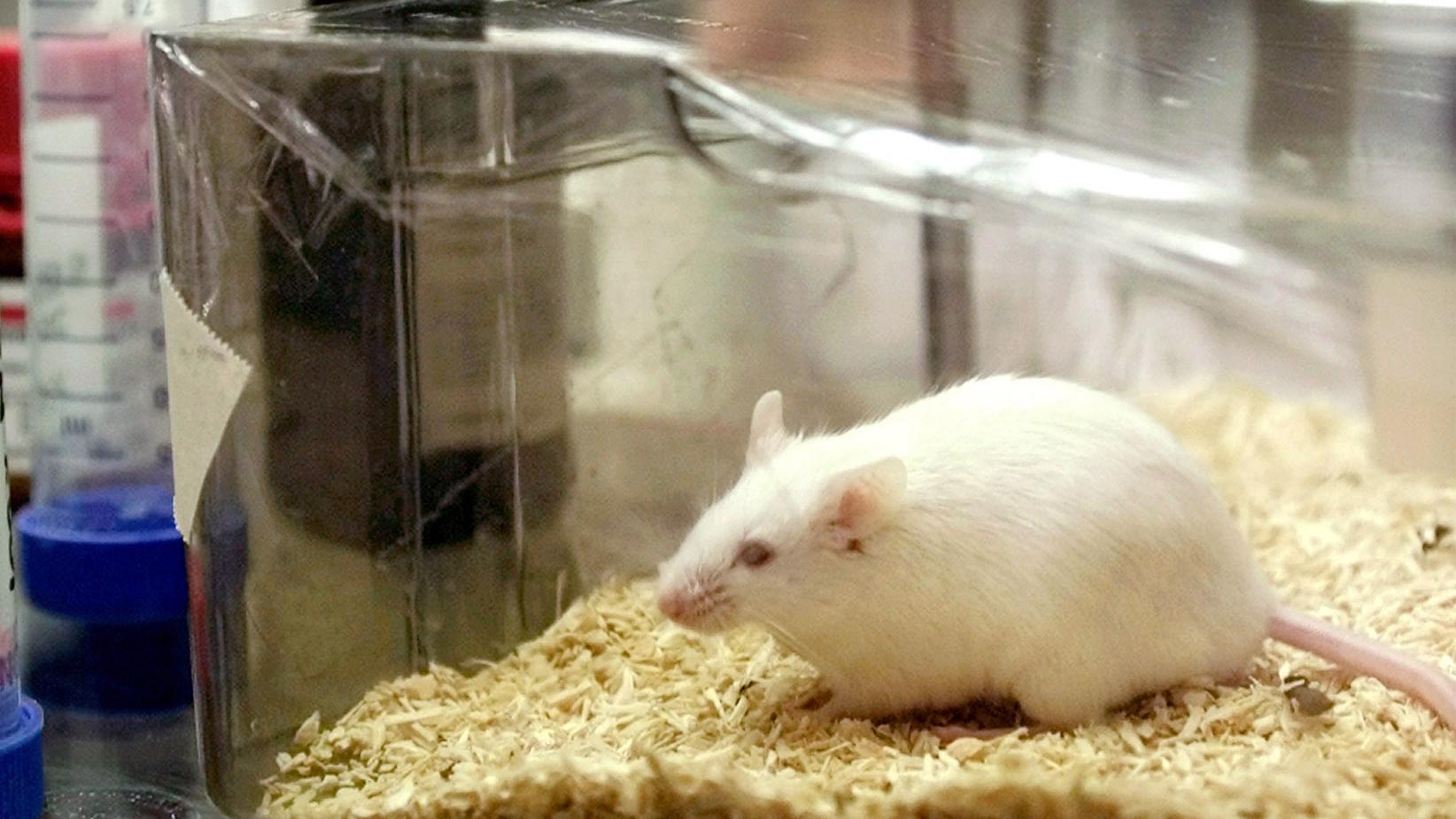Why do we do medical research on mice? It all started with fur coats.
Lab mice are ubiquitous in medical research.
Did you hear that we cured cancer? Or that Type 2 diabetes has been eradicated? Or that we know what gene causes autism, and can turn it off and on?
All of these things are true — for mice.
Today, almost all of our medicine is developed using mice. We give them human diseases, and then try to understand their illness. And it’s worked. We’ve cured a lot of things in mice.
But for humans, there’s still a long way to go.
So how did mice become the testing ground for human medicine?
“For centuries, people have been breeding fancy mice,” explains Joyce Peterson, director of public information at Jackson Labs, one of the biggest providers of lab mice in the world. “They’d been breeding mice for their coat colors.”
Furriers bred mice to make elaborate clothes — and, in the process, created special strains of inbred mice. Biologists, who needed genetically similar animals to run experiments, realized they could use the “fancy” mice.
Over the years, scientists have learned a lot about how mouse genes work. And in the 1980s, they started doing something really crazy — tinkering with mouse DNA.
By turning mouse genes on and off, scientists can learn more about what genes do. They can even understand where our diseases might come from.
Jackson Labs now creates all sorts of special mice. “This is the B-6 Obie-Obie,” explains Christen Cough, the mouse trainer at Jackson Labs. She’s cradling an obese mouse in the palm of her hand. It’s at least twice as big as the other animals. “These mice don’t make a hormone called leptin. So they never feel full.”
Obie is one of Cough’s go-to show animals. That’s because leptin was discovered with the help of Jackson Labs mice back in the '90s. Now, it’s one of the genes that help us understand why some people are obese.
Cough has a host of animals to display: a bald mouse that’s used to understand immune systems, a black mouse used to study certain kinds of breast cancers. At any given time, there’s more than a million mice at Jackson Labs.
Cough’s mice are the product of more than a hundred years of research. They’re living organisms made to be manipulated.
But how often does medicine that works on mice, work on humans?
“Many drugs that look promising in mice don’t work in humans,” according to Dr. David Sinclair, who studies aging at Harvard Medical School. “Most drugs that look good in the labs don’t work in humans. Drug companies have lost billions of dollars.”
The translation rates between mice and humans aren’t so great. Cancer drugs that work in mice have about an 8 percent success rate in humans. One of the only successful tuberculosis drugs has no effect in mice.
Sinclair also thinks that, even if mice were a perfect model for people, there are problems with the way we use them.
Lab mice are healthy adolescents in the prime of their rodent lives. That’s not usually the kind of people who end up in the hospital. Plus, because we’ve gotten so good at making mice, they’re genetically identical. It’s as if we’re experimenting on clones.
All this similarity is great if you’re designing an experiment, but not so great if you’re trying to create medicine used on humans, who happen to be pretty diverse.
But Sinclair is quick to insist that even if mice have their failures, they’re the best we’ve got. “We focus on other organisms as well as mice, like yeast and worms. But mice are the best organism for us to use.”
And whatever your animal rights qualms might be, testing on mice is better than doing experiments directly on humans.
But Don Ingber, a biologist at Harvard’s Wyss Institute for Biologically Inspired Engineering, thinks there’s a third option. He’s working on something called an organ-on-a-chip. It’s small, about the size of a gummy bear. Tiny hollow channels lined with cells from different organs like our lungs or our gut wind through the center of the chip.
“We can expose them to breathing motions,” says Ingber. “We have a lung-on-a-chip and we can introduce cigarette smoke into the airspace… We can model asthma or COPD, different pulmonary diseases.”
Ingber eventually plans to create custom organs, linked together and lined with personalized cells.
But Ingber is also first to admit that animal models still have their place. For now, he thinks that mouse models, and places like Jackson Labs, are doing exactly what they should be doing.
“What they’re doing is trying to improve a model that has limitations to get it better and better,” says Ingber. “[We’re] saying ‘we need an entirely new way to do this.”
This story first aired as an interview on PRI's Innovation Hub.
